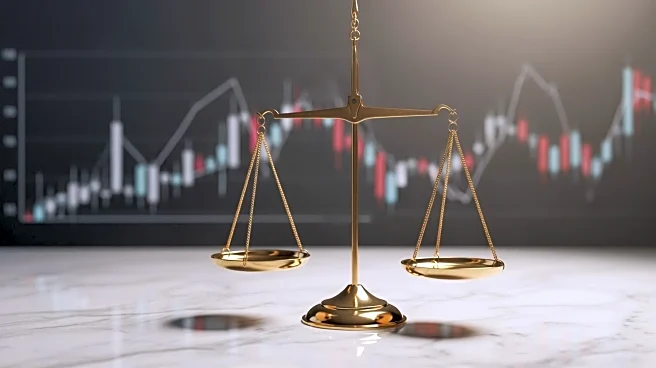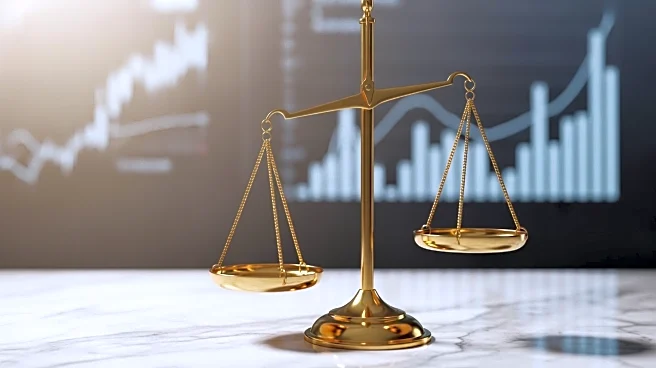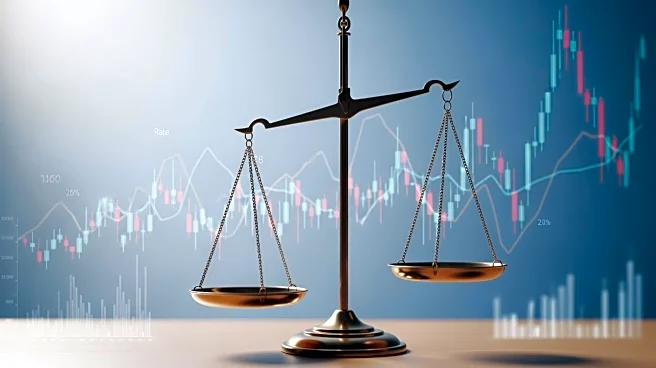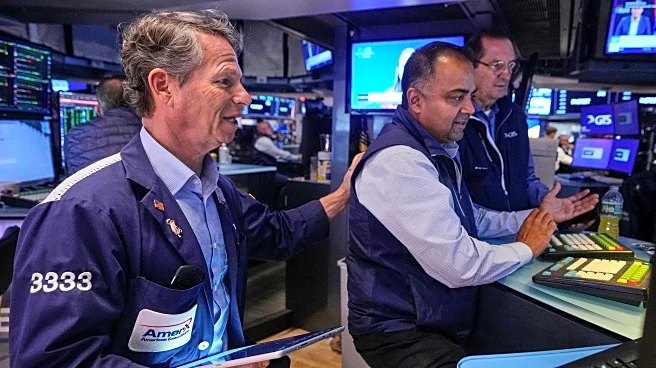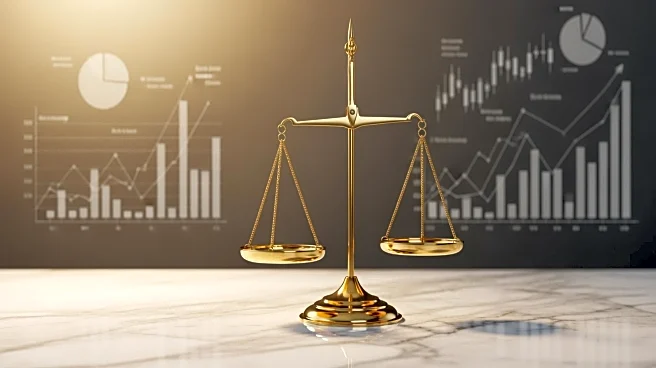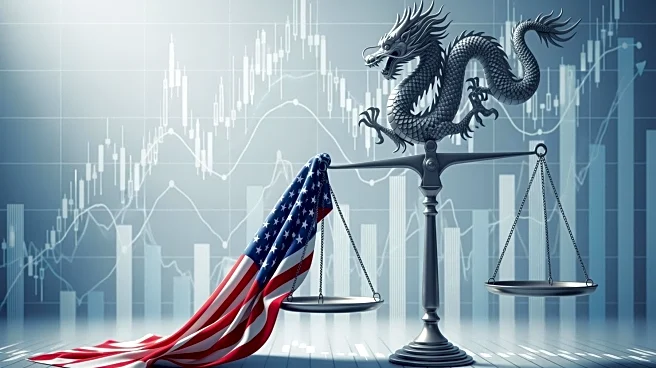What's Happening?
President Trump has announced that inflation is under control, citing a seven-month snapshot of low inflation rates. However, economists and conventional measures indicate that inflation remains elevated,
with prices closer to 3%. The discrepancy arises from the White House's use of annualization to project inflation trends, which differs from the standard annual comparison used by the Federal Reserve. The government shutdown has delayed the release of fresh inflation data, complicating the assessment of current economic conditions.
Why It's Important?
The conflicting views on inflation between the White House and economic experts highlight the challenges in accurately assessing economic conditions. President Trump's assertion of defeated inflation contrasts with data showing persistent price increases, partly driven by tariffs. The delay in data release due to the government shutdown further complicates the evaluation of inflation trends. The Federal Reserve's focus on maintaining inflation at a 2% pace underscores the importance of accurate data in shaping monetary policy and economic strategies.
What's Next?
The release of updated inflation data, once the government shutdown is resolved, will provide a clearer picture of economic conditions. The Federal Reserve's upcoming meeting and potential rate cuts will be influenced by inflation trends and labor market signals. The White House's approach to inflation data may continue to spark debate among economists and policymakers, impacting public perception and policy decisions. Stakeholders will be closely monitoring these developments to assess their implications for economic stability and growth.
Beyond the Headlines
The debate over inflation data reflects broader economic and political dynamics, including the impact of tariffs and government policies on price levels. The White House's unconventional approach to measuring inflation raises questions about data interpretation and its influence on policy decisions. Understanding these complexities is crucial for stakeholders navigating the economic landscape and assessing the implications of inflation trends on business and consumer behavior.
